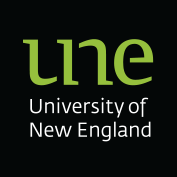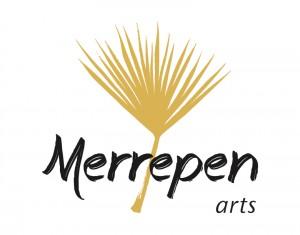Bodypart nouns inside the complex verb
As we have seen in the discussion of 'types of coverb' previously, complex verbs in Ngan'gi are made up of a finite verb in combination with a coverb, and coverbs themselves can be compounds of a verb root and an incorporated bodypart noun. The most common pattern is that the incorporated noun appears to the immediate left of the coverb, as in a verb like Yibengngindi tyeribaty? 'Are you listening to me?' where tyeribaty is a compound of the bodypart noun tyeri 'ear' and the coverb baty 'hold'.
Some Australian languages incorporate generic nouns (such as; water, child, fire, food, etc). However in Ngan'gi incorporation is almost exclusively restricted to bodypart terms. While most bodypart nouns can be incorporated in their literal sense, the following set of about 17 bodypart nouns take on extended meanings.
Table: Ngan'gi major incorporated bodypart nouns
| bodypart |
literal sense |
extended senses |
| madi |
chest |
front of body, underside, direction one faces, smoothed surface, concave shape, protected and contained |
| derri |
back |
back of body, topside, exposed and raised surfaces |
| tyirri |
navel, bladder |
bladder, things that rupture and leak |
| dirr |
teeth |
edges, riverbanks |
| pi |
head |
raised rounded shapes |
| mentyi |
neck |
tracks and pathways |
| syi |
nose |
parts of things that jut forward (eg. headlands) |
| tyeri |
ear |
parts of things that jut sideways (eg. palm fronds) |
| nguru/nguri |
penis |
male and female genitals, wind and rain |
| panmi |
crotch |
fork of tree |
| ba |
arm |
creeks and river branches, nurturing and directing |
| muy |
eye |
face, orifice, spot |
| purr |
bottom |
tail end, finish |
| tyerr |
mouth |
end face of a cylinder, openable things, points of entry, speech |
| ge |
belly |
guts, middle, seat of emotions like anger, fear, love |
| firr |
foot |
base of tall upright things |
| minmi |
elbow |
90° turn, turn-offs, intersections |
The meanings of incorporated bodypart terms tend to be broader than their independent equivalents. For example, madi means 'chest' as an independent noun, but as an incorporated noun it can also refer to concave shaped things such as a riverbed contained by its banks. So to say 'We climbed up the bank' you would say Ngangginim madipap, where madi is compounded with the coverb pap meaning 'climb'. Similarly, tyirri means 'bladder' as an independent noun, but as an incorporated noun it refers to anything that can burst and leak its contents. So to say 'I was squeezing my pimples' you would say Finy ngeme tyirritutu tye, where tyirri is compounded with the coverb tu meaning 'touch'.
Ngan'gi speakers incorporate bodypart terms into verbs most frequently when talking about travelling through countryside, because they view country metaphorically as being a whole made up of parts just like themselves. The following short Ngen’giwumirri story demonstrates how this works, using tyerr 'mouth' in reference to a gate, ba'arm' in reference to a creek, madi 'chest' in reference to a riverbank, menytyi 'throat' in reference to a pathway, and minmi 'elbow' in reference to a 90 degree turn.
| Wayiki ngayi deminnin tyerrta. |
My son opened that gate for us. |
| Wuny tyerrdum. |
He shut it after us. |
| Ngangginin bafel. |
We crossed a creek. |
| Ngangginin madipap. |
And climbed up the bank. |
| Mumba Port Keats ne nganggininy menytyityerr. |
Then we pulled up onto the Port Keats road. |
| Bawedi yeyi nganggininy bafel. |
We crossed another small creek. |
| 'Kinyi pefi ngambani minmiket peâ' ngiminybi.' |
Let's turn off this way' I said to you. |
The examples in this text show that incorporated bodypart terms typically appear immediately to the left of the coverb. However, Ngan'gi also includes some verb types where the incorporated bodypart terms appear immediately to the right of the coverb, as 'tyeri' is in Ngaganimbi werrtyeri 'I think about you all the time'.
More depth? If you'd like to know more about bodypart incorpartion in Ngan'gi, there's an extended discusion of this fascinating topic in:
Reid, N.J. 2011. Ngan’gityemerri: a language of the Daly River region, Northern Territory of Australia. Amsterdam: Lincom Europa.


